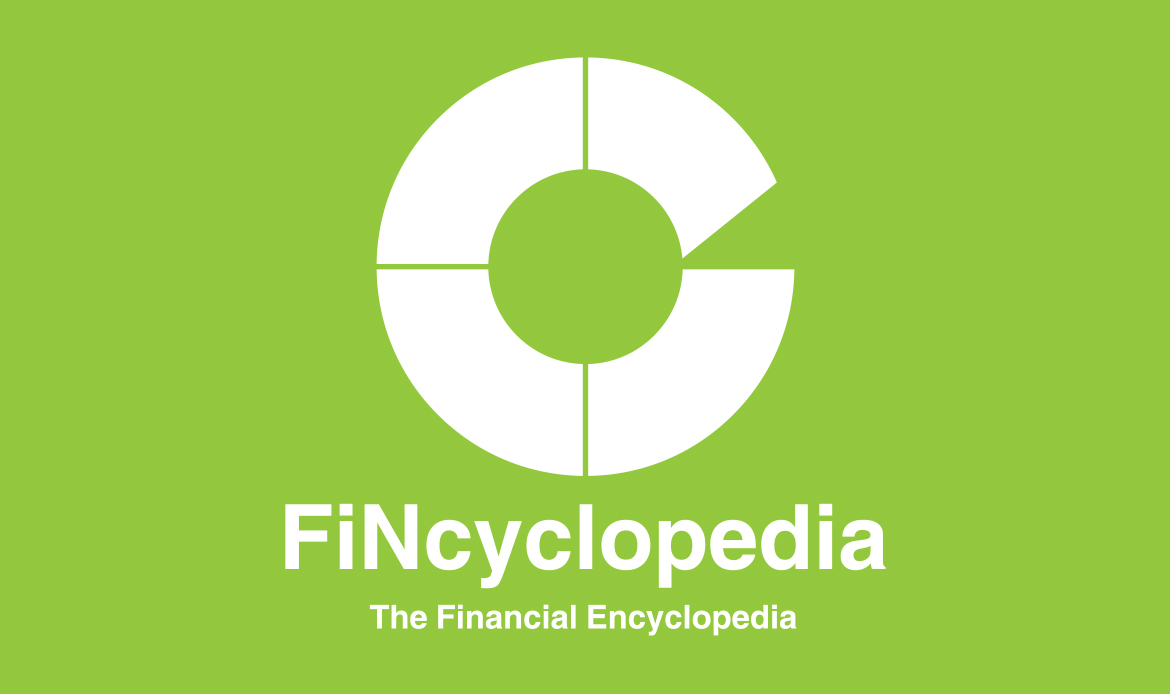The most common type of credit derivative is the credit default swap (CDS). It is a financial instrument that allows the transfer of credit risk among market participants, potentially enhancing efficiency in the pricing and distribution of credit risk. In its simple form, a credit default swap can be defined as a swap agreement that gives the holder the right to sell a contractual obligation (bond, loan) for its face value in the event the issuer defaults. This way, the credit exposure of fixed income instruments is transferred from one party to another.
In other words, credit default swaps provide insurance against default (credit event) by a particular corporate or sovereign entity. The protection buyer makes periodic payments (known as CDS spread) to the protection seller at a preset fixed rate per year. The payments continue until the contract expires or a credit event occurs, whichever comes first. The protection buyer will have the right, if a credit event takes place, to deliver the debt instrument (the reference bond) to the protection seller and receive, in return, its face value.




